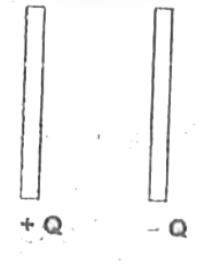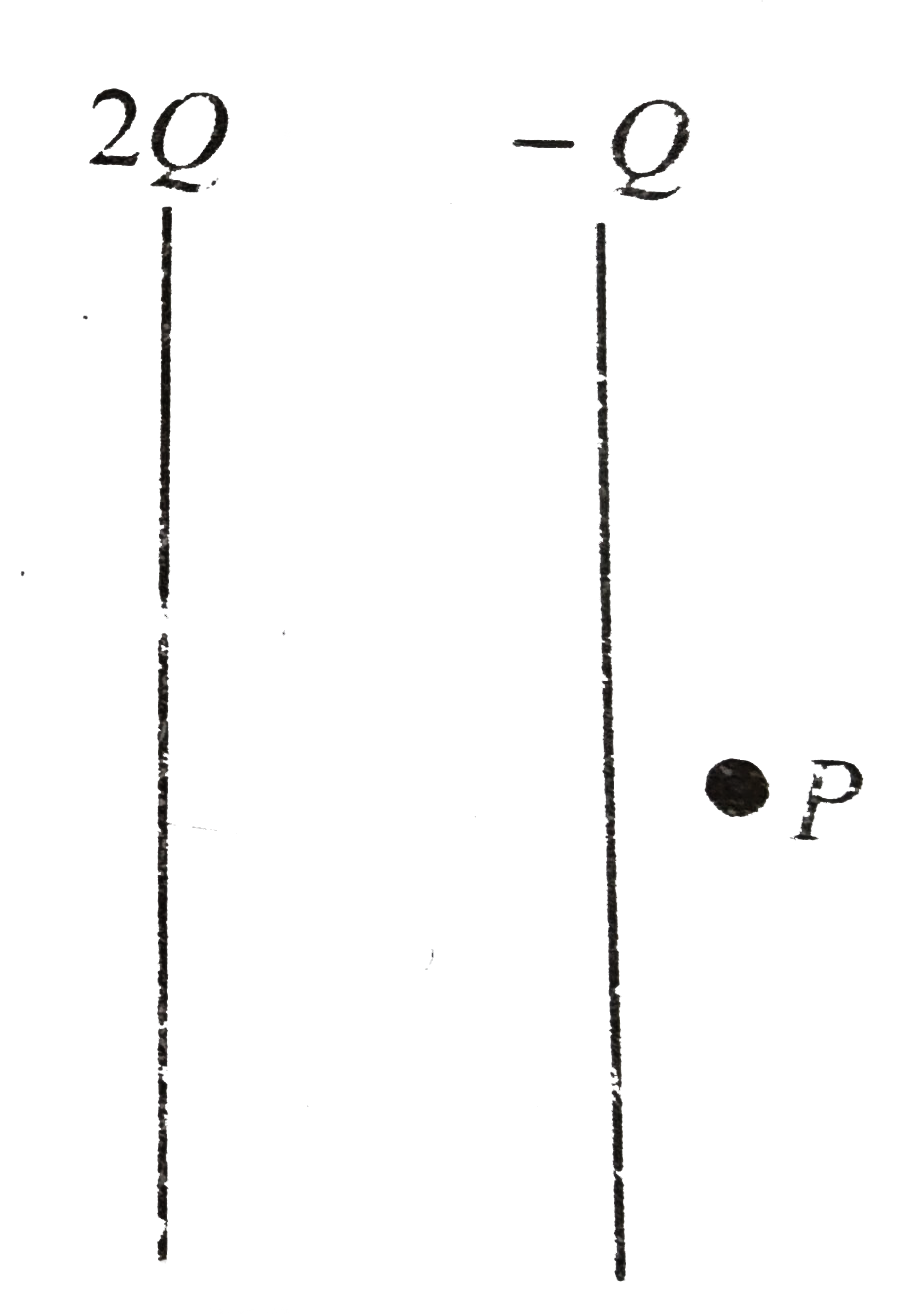Each plate of a parallel plate capacitor has a charge q on it. The capacitor is now connected to a battery. Now,
the facing surfaces of the capacitor have equal and opposite charges
the two plates of the capacitor have equal and opposite charges
the battery supplies equal and opposite charges to the two plates
the outer surfaces of the plates have equal charges
The correct Answer is:A, C, D
Step by step video & image solution for Each plate of a parallel plate capacitor has a charge q on it. The capacitor is now connected to a battery. Now, by Physics experts to help you in doubts & scoring excellent marks in Class 12 exams.
Updated on:21/07/2023Topper's Solved these Questions
- CAPACITORSBOOK - HC VERMA ENGLISHCHAPTER - CAPACITORSEXERCISE - Exercise
65 Videos
- CAPACITORSBOOK - HC VERMA ENGLISHCHAPTER - CAPACITORSEXERCISE - short answer
7 Videos
- CAPACITORSBOOK - HC VERMA ENGLISHCHAPTER - CAPACITORSEXERCISE - Objective 1
12 Videos
- BOHR'S MODEL AND PHYSICS OF THE ATOMBOOK - HC VERMA ENGLISHCHAPTER - BOHR'S MODEL AND PHYSICS OF THE ATOMEXERCISE - Short Answer
10 Videos
- DISPERSION AND SPECTRABOOK - HC VERMA ENGLISHCHAPTER - DISPERSION AND SPECTRAEXERCISE - Question for short Answer
6 Videos
Similar Questions
Consider a parallel plate capacitor having charge Q. Then,

View SolutionA parallel plate capacitor has plate A and separation d between the plates. The capacitor is connected to a battery of emf V. (a) find the charge on the capacitor. (b) the plate separation is decreases to d/2. Find the extra charge given by the battery to the positive plate. (c) work done in reducing separation between plates.
View SolutionA compass needle is placed in the gap of a parallel plate
capacitor. The capacitor is connected to a battery
through a resistance. The compass needle
View SolutionA parallel plate capacitor is charged. If the plates are pulled apart
View SolutionShow that the force on each plate of a parallel plate capacitor has a magnitude equal to (½)QE, where Q is the charge on the capacitor, and E is the magnitude of electric field between the plates. Explain the origin of the factor ½.
View SolutionThe plates of a parallel plate capacitor with no dielectirc are connected to a volatage source. Now a dielectric of dielectric constant K is inserted to fill the whose space between the plates with voltage source remainign connected to the capacitor-
View SolutionThe terminals of a battery of emf V are connected to the two plates of a parallel plate capacitor. If the space between the plates of the capacitor is filled with an insulator of dielectric constant K, then :
View SolutionA parallel plate capacitor has two layers of dielectrics as shown in figure. This capacitor is connected across a battery, then the ratio of potential difference across the dielectric layers is

View SolutionThe plates of a parallel plate capacitor are charged up to 100v. Now, after removing the battery, a 2mm thick plate is inserted between the plates Then, to maintain the same potential deffernce, the distance betweem the capacitor plates is increase by 1.6mm. The dielectric canstant of the plate is .
View SolutionIn figure , the plates of a parallel plate capacitors have unequal charges. Its capacitance is C. P is a point outside the capacitor and close to the plate of charge -Q. The distance between the plates is d. Then

View Solution
